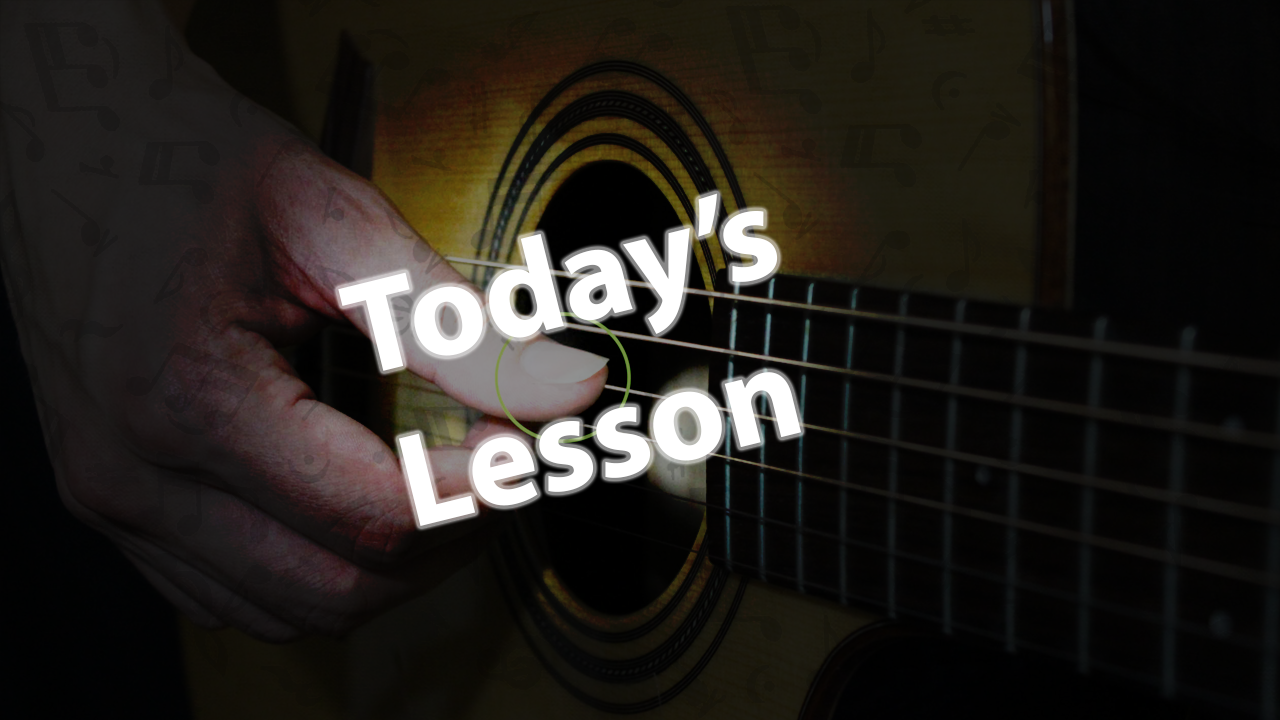Introduction:
Arpeggios are a crucial technique for any guitarist to master. They involve playing the individual notes of a chord in a flowing, arpeggiated fashion. This not only adds depth and complexity to your playing but also improves your finger dexterity and overall technique. In this article, we will cover some essential guitar arpeggio exercises to help you improve your skills.
1. Basic Major and Minor Arpeggios:
Start by practicing basic major and minor arpeggios in different positions on the fretboard. For example, play a C major arpeggio (C-E-G) starting on the 8th fret of the low E string. Then, practice a D minor arpeggio (D-F-A) starting on the 10th fret of the low E string. Repeat these exercises in various keys and positions to familiarize yourself with different chord shapes.
2. Extended Arpeggios:
Once you are comfortable with basic major and minor arpeggios, challenge yourself with extended arpeggios. These involve adding additional chord tones, such as the 7th, 9th, or 13th, to your arpeggio patterns. Experiment with different combinations and positions to create interesting and dynamic sounds.
3. Sweeping Arpeggios:
Sweep picking is a technique commonly used in arpeggios, where you play consecutive notes on adjacent strings with a fluid, sweeping motion. Practice sweeping major and minor arpeggios up and down the fretboard to improve your speed and accuracy. Focus on keeping your picking hand relaxed and your movements smooth.
4. Arpeggio Sequences:
Another great exercise is to practice arpeggio sequences, where you play a series of arpeggios in a specific pattern or order. This can help improve your coordination and timing, as well as your ability to transition between different chord shapes seamlessly. Try experimenting with ascending, descending, and mixed sequences to keep things interesting.
5. Incorporating Arpeggios into Your Playing:
Finally, don’t forget to incorporate arpeggios into your everyday playing. Practice integrating arpeggios into scales, solos, and chord progressions to add flair and sophistication to your music. Experiment with different rhythms, dynamics, and phrasing to make your arpeggios stand out.
Overall, mastering arpeggios takes time and dedication, but the results are well worth it. By incorporating these exercises into your practice routine, you can improve your finger dexterity, technique, and overall musicianship. So grab your guitar and start practicing those arpeggios today!


0 Comments